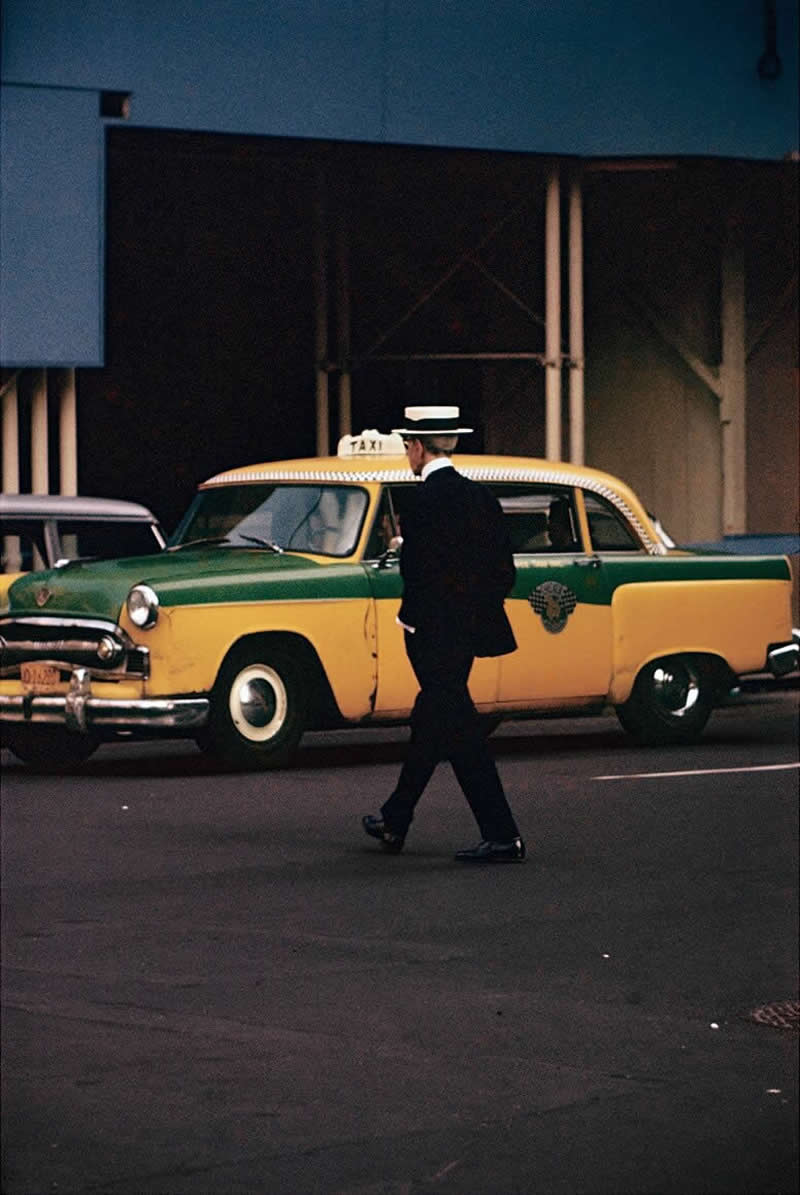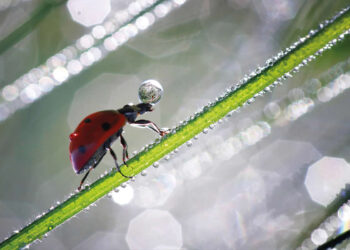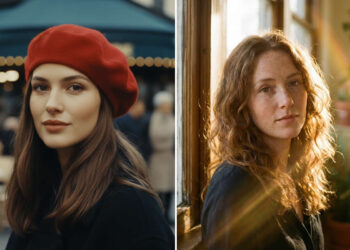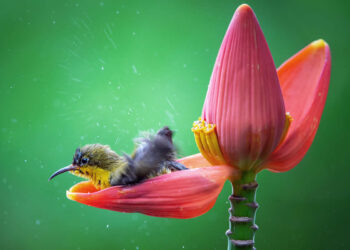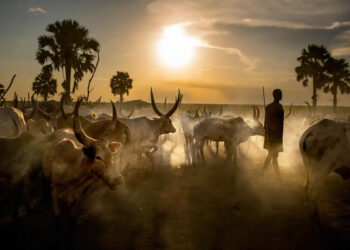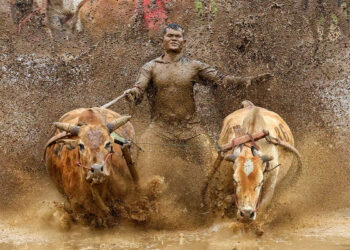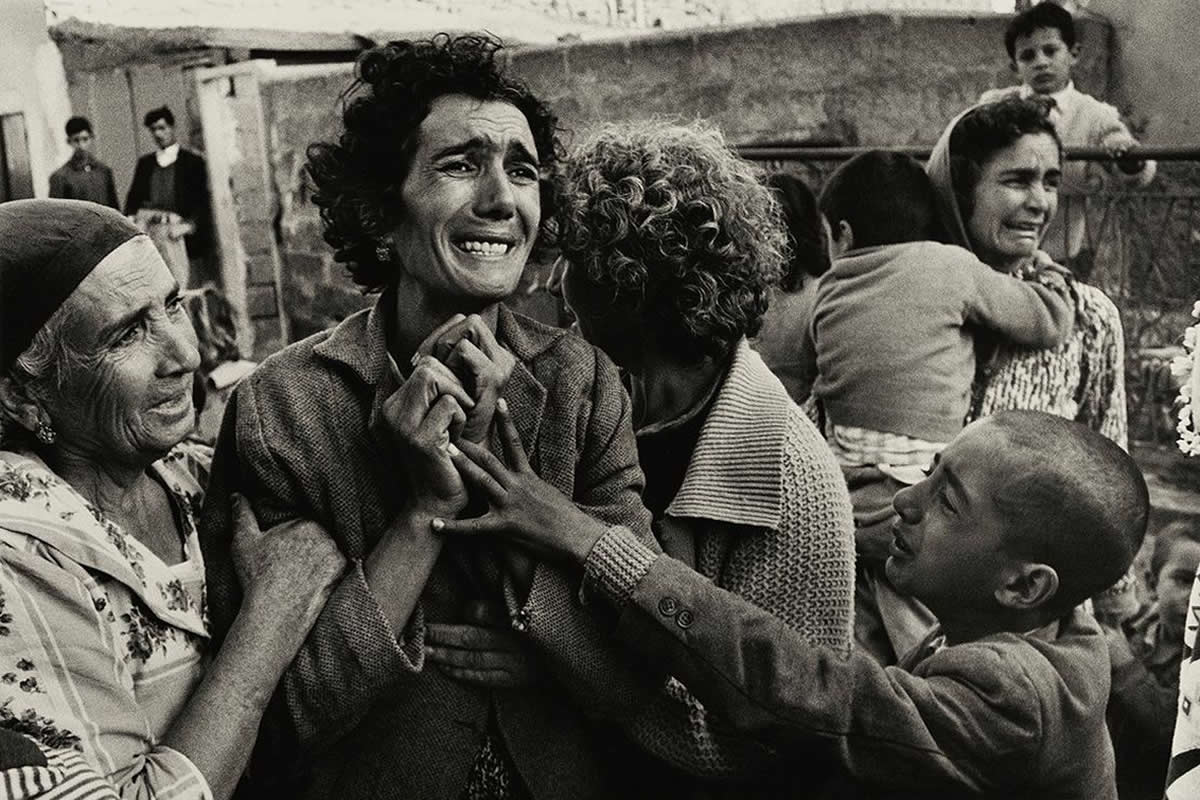In the bustling streets of mid-century New York, Saul Leiter quietly redefined what photography could be. While many of his contemporaries captured the raw energy of the city in black and white, Leiter took a different path—one filled with softness, color, and abstraction. A pioneer of color street photography long before it gained artistic credibility, Leiter transformed ordinary urban scenes into poetic, painterly compositions. His work wasn’t about dramatic moments or sharp commentary; instead, he focused on the quiet beauty of fleeting glances, fogged windows, blurred reflections, and muted tones.
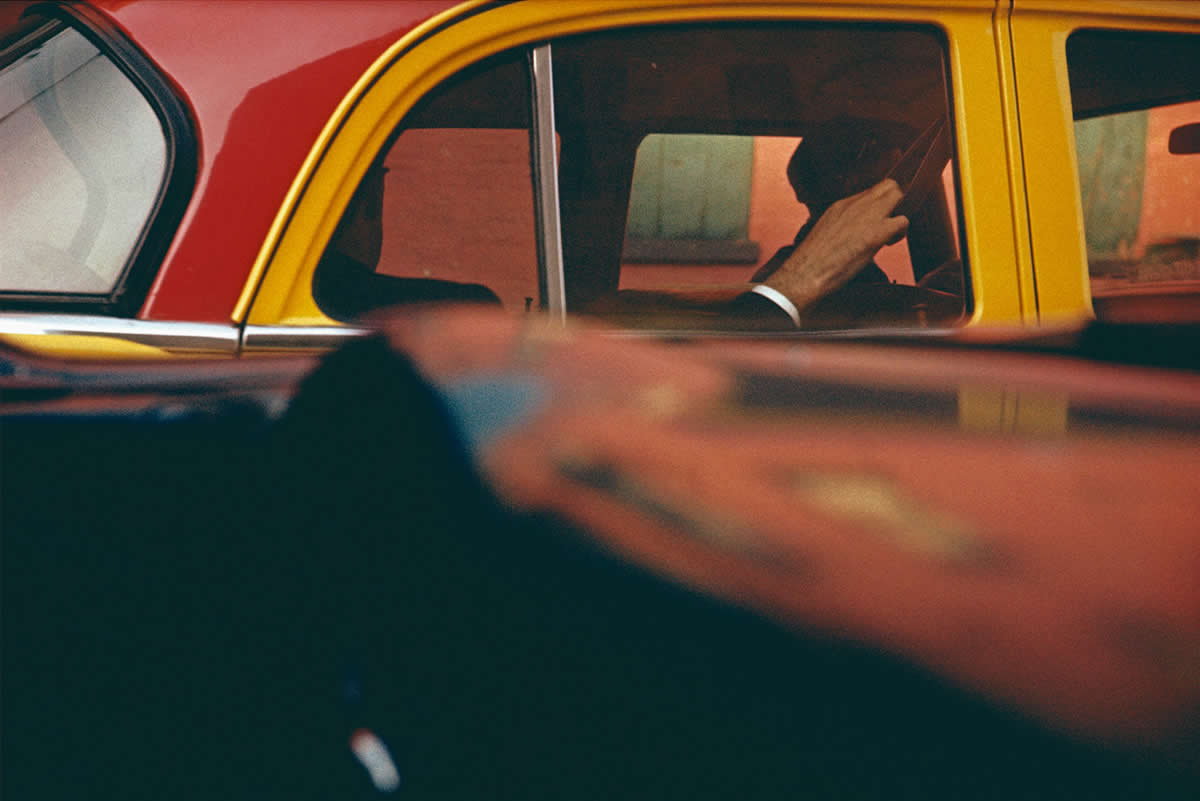
Leiter’s background as a painter deeply influenced his photographic vision. He saw the world through a lens of subtlety, where color was emotion and composition was instinct. Rather than capturing everything in crisp detail, he embraced ambiguity—cropping tightly, shooting through rain-soaked glass, and allowing objects to obscure his subjects. The result? Images that feel intimate, mysterious, and timeless.
Though overlooked for decades, Saul Leiter’s work now stands as a cornerstone of modern visual storytelling. His photographs don’t shout; they whisper. They invite us to slow down and see the magic in the everyday—a red umbrella, a foggy window, a face half-hidden in shadow.
Scroll down and inspire yourself. You can check Saul Leiter’s Website for more information.
You can find Saul Leiter on the web:
#1
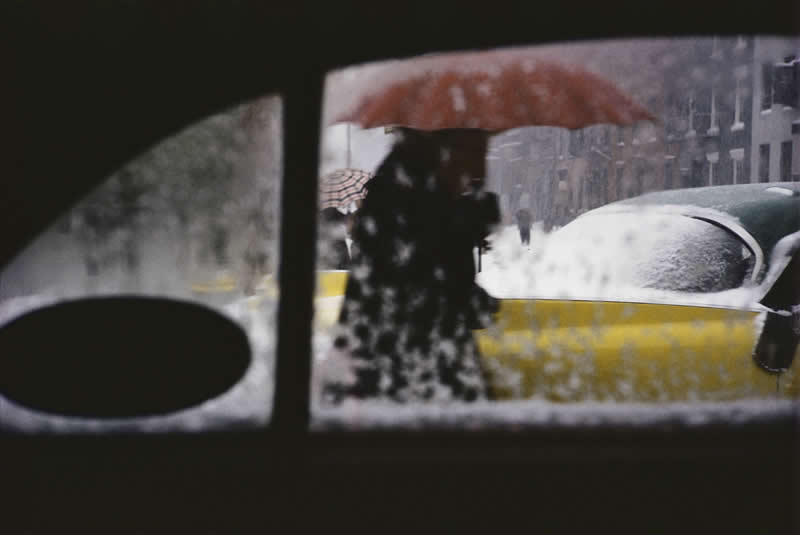
#2
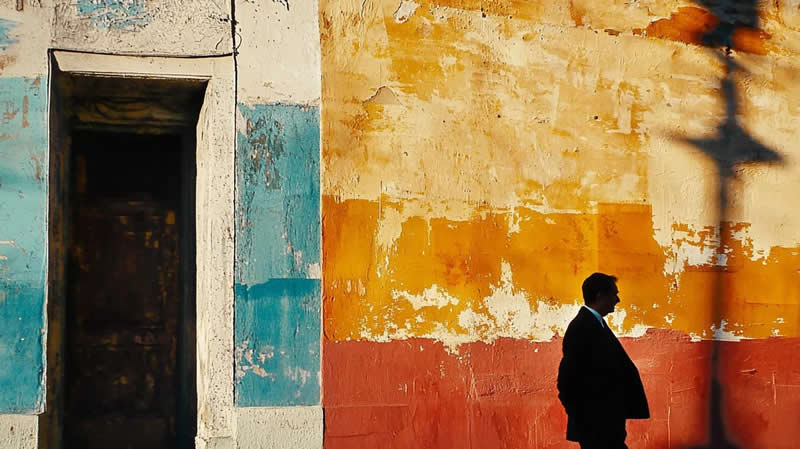
#3
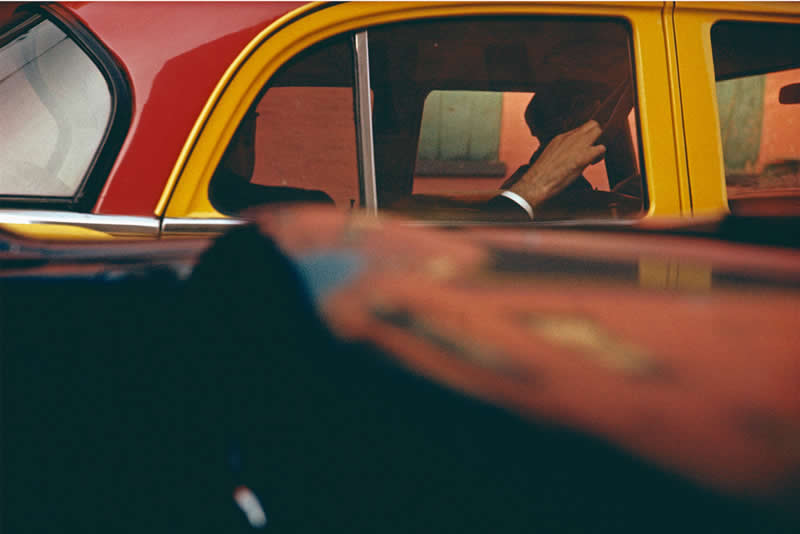
Painting with Light: Saul Leiter’s Use of Color
Leiter’s approach to color was radical for his time. In the 1950s, when most serious photographers worked exclusively in monochrome, Leiter embraced the muted tones and soft hues of color film. His colors were never loud or literal—instead, they evoked emotion, mood, and nuance. He let color seep into his work like watercolor on paper, treating it as an expressive tool rather than just a visual fact. Reds, ambers, foggy whites, and icy blues layered into his compositions, offering a gentle, painterly impression that brought his street scenes to life.
#4
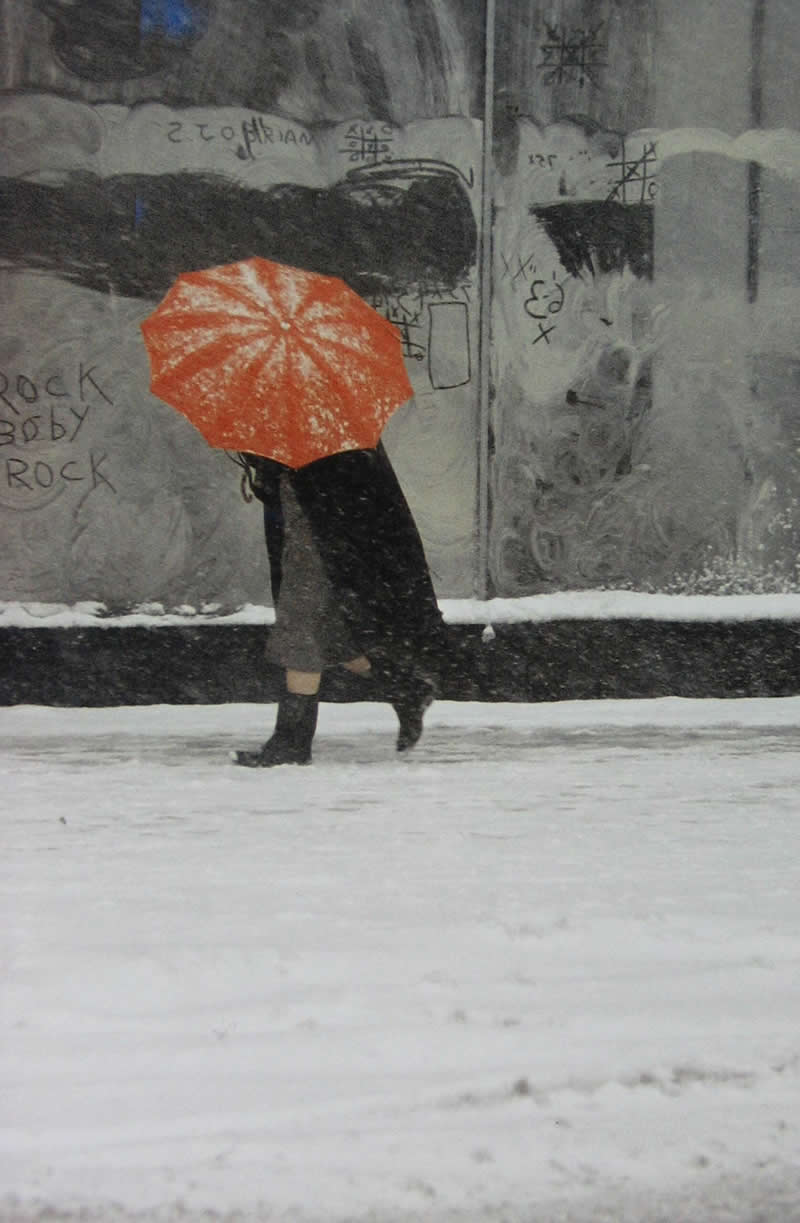
#5
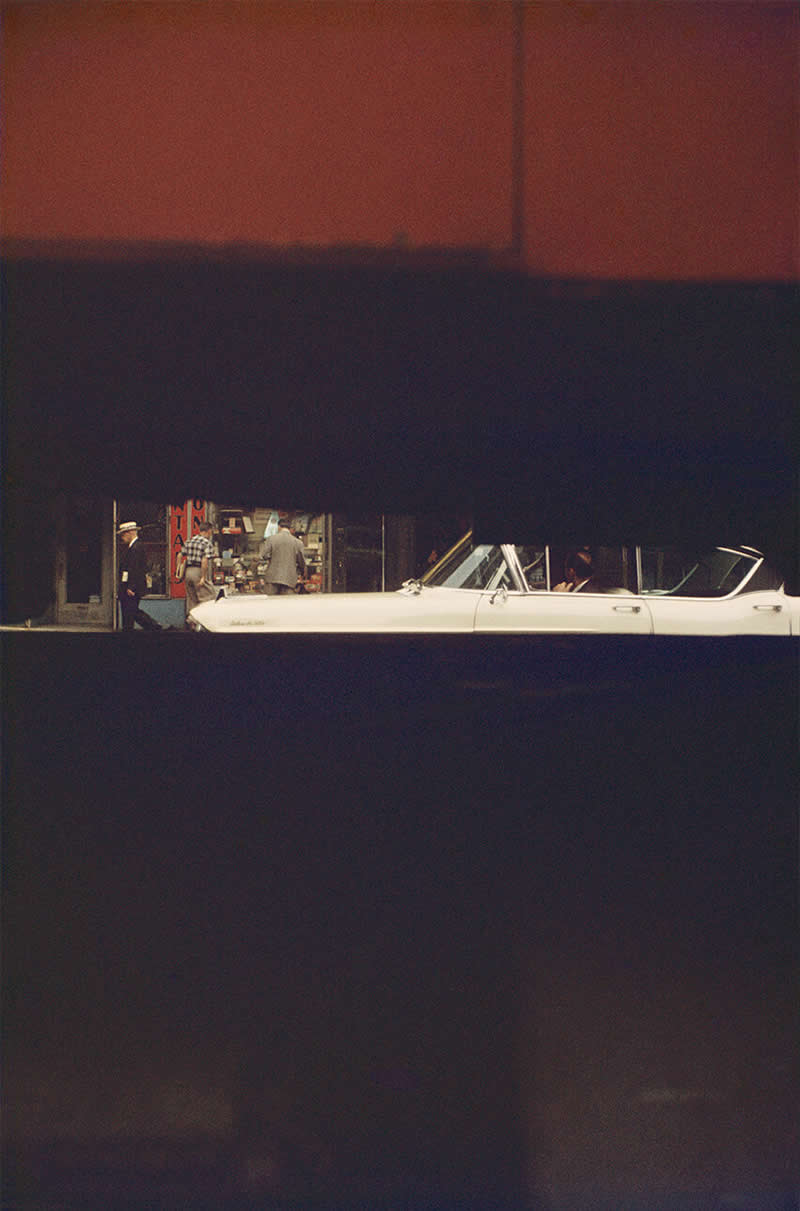
#6
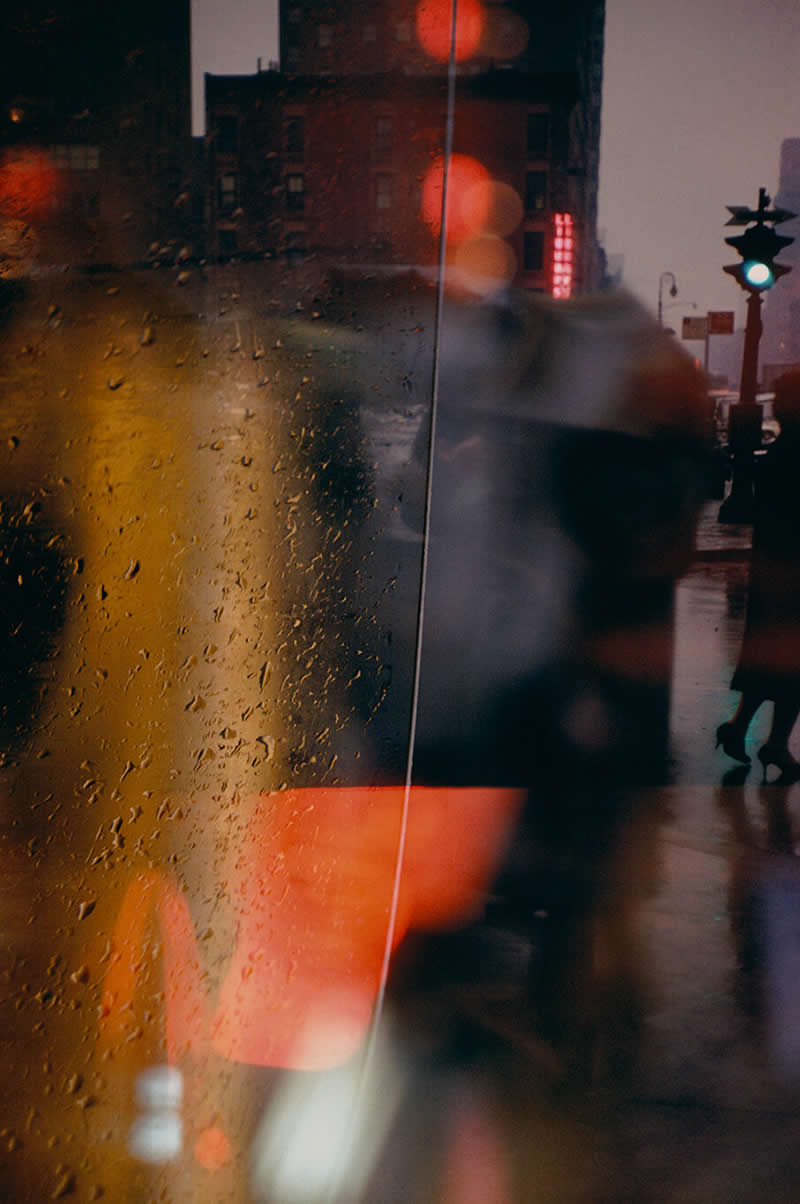
The Art of Composition: Cropped, Layered, and Obscured
Leiter’s compositions often felt like fragments—deliberate, elegant slices of a larger reality. He cropped heavily, allowing umbrellas, window frames, reflections, and steam to partially obscure the scene. This approach created a sense of intimacy and voyeurism, as if the viewer were quietly eavesdropping on a city’s secrets. By composing with elements like fogged glass, rearview mirrors, or condensation-covered windows, Leiter turned visual noise into lyrical imagery.
#7
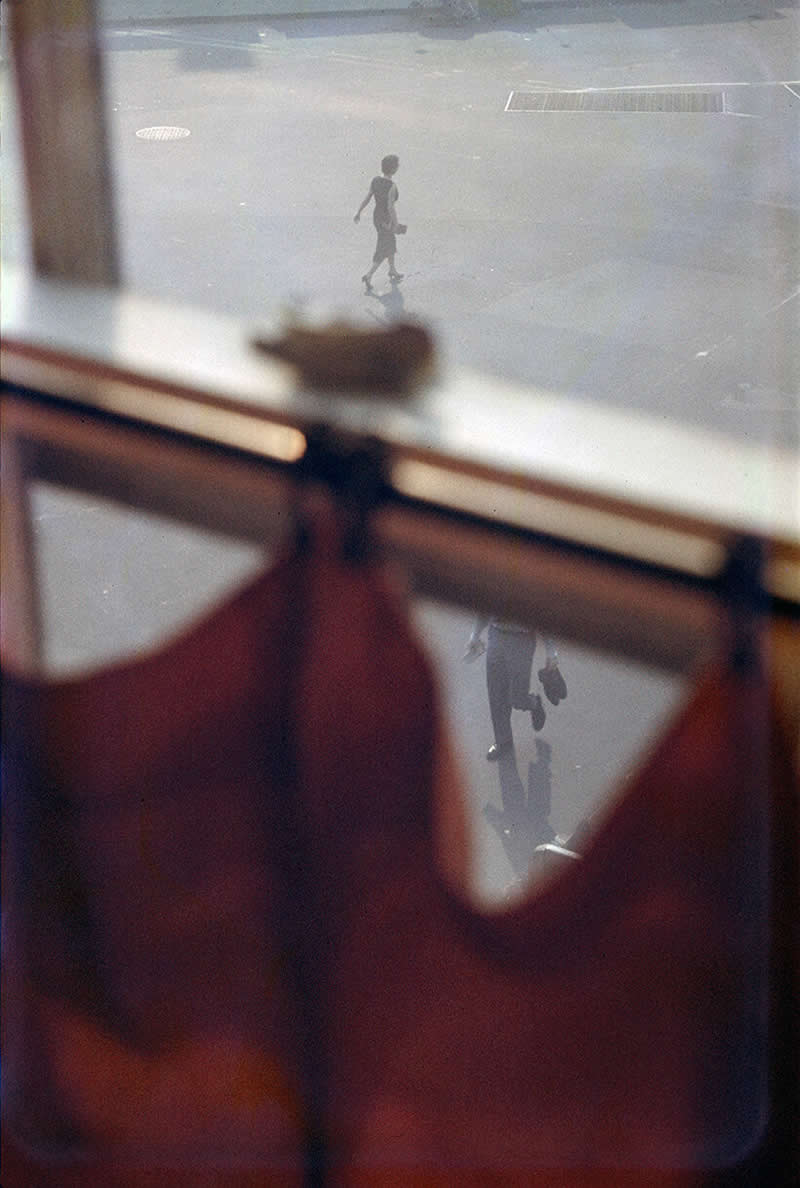
#8
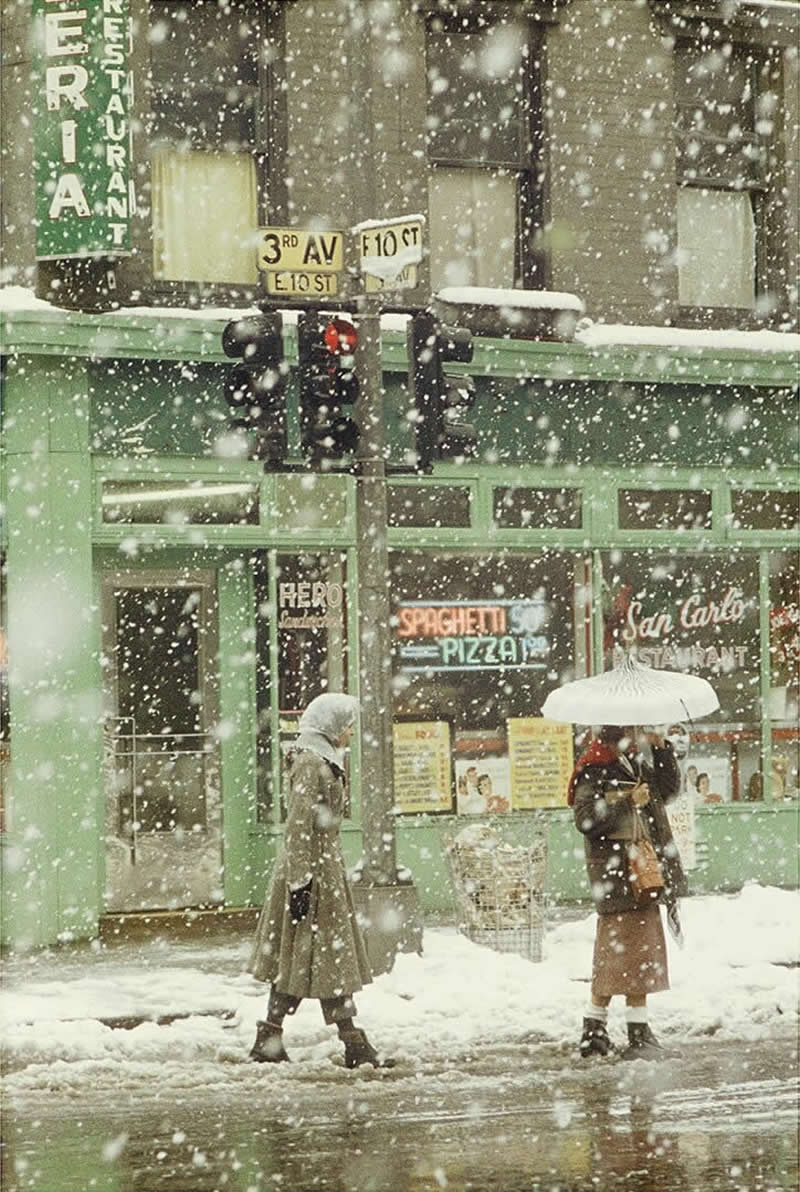
#9
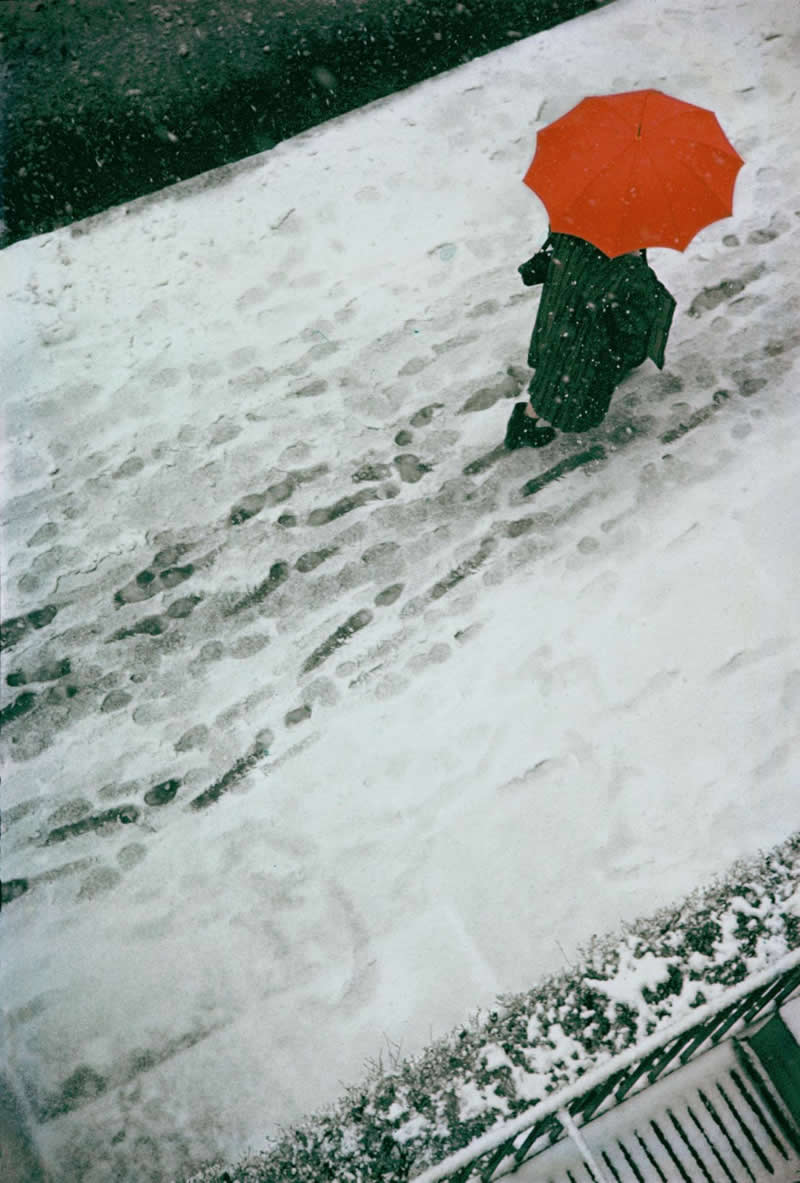
Abstraction in the Everyday
Leiter found beauty not in the grand or obvious, but in the mundane. His photographs were abstract in spirit—filled with flattened planes, ambiguous reflections, and poetic distortions. A passerby seen through colored glass, a lone figure obscured by falling snow, or a taxi blurred by rain became dreamlike narratives. This abstraction set him apart, aligning his photography more with painting than traditional documentary work.
#10
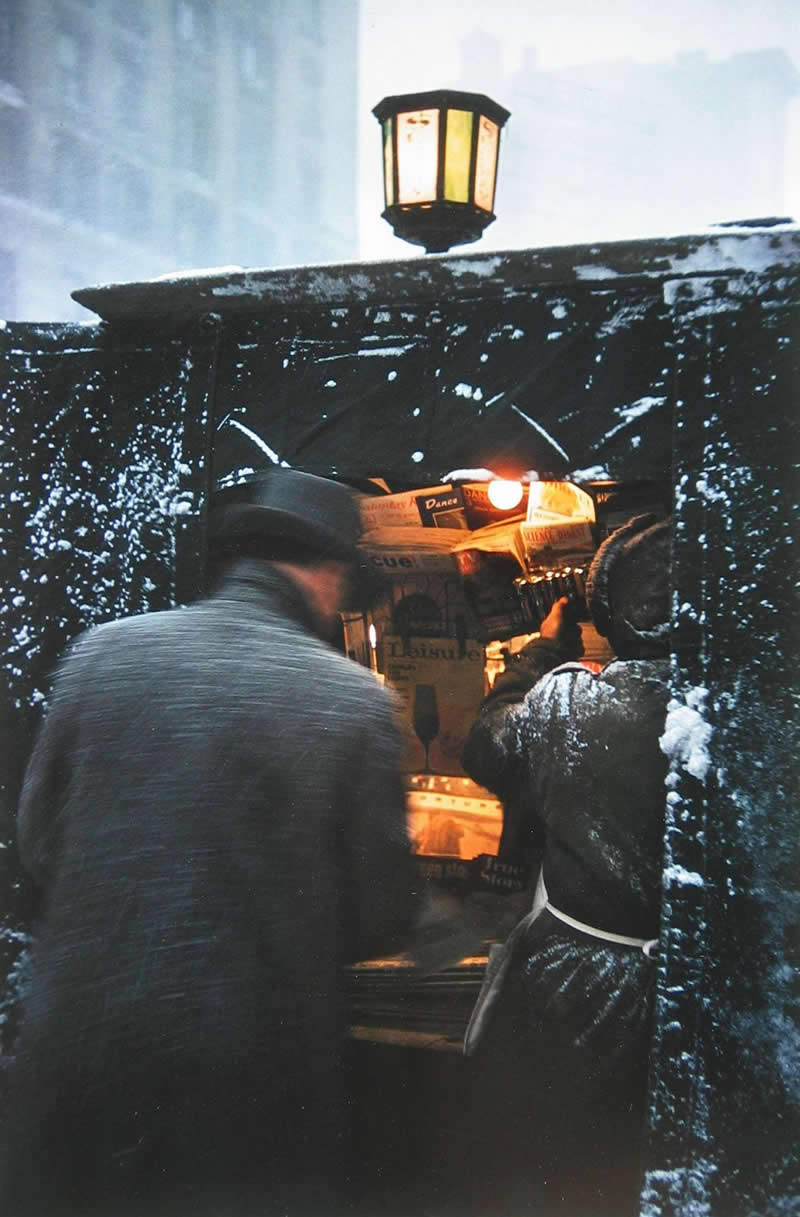
#11
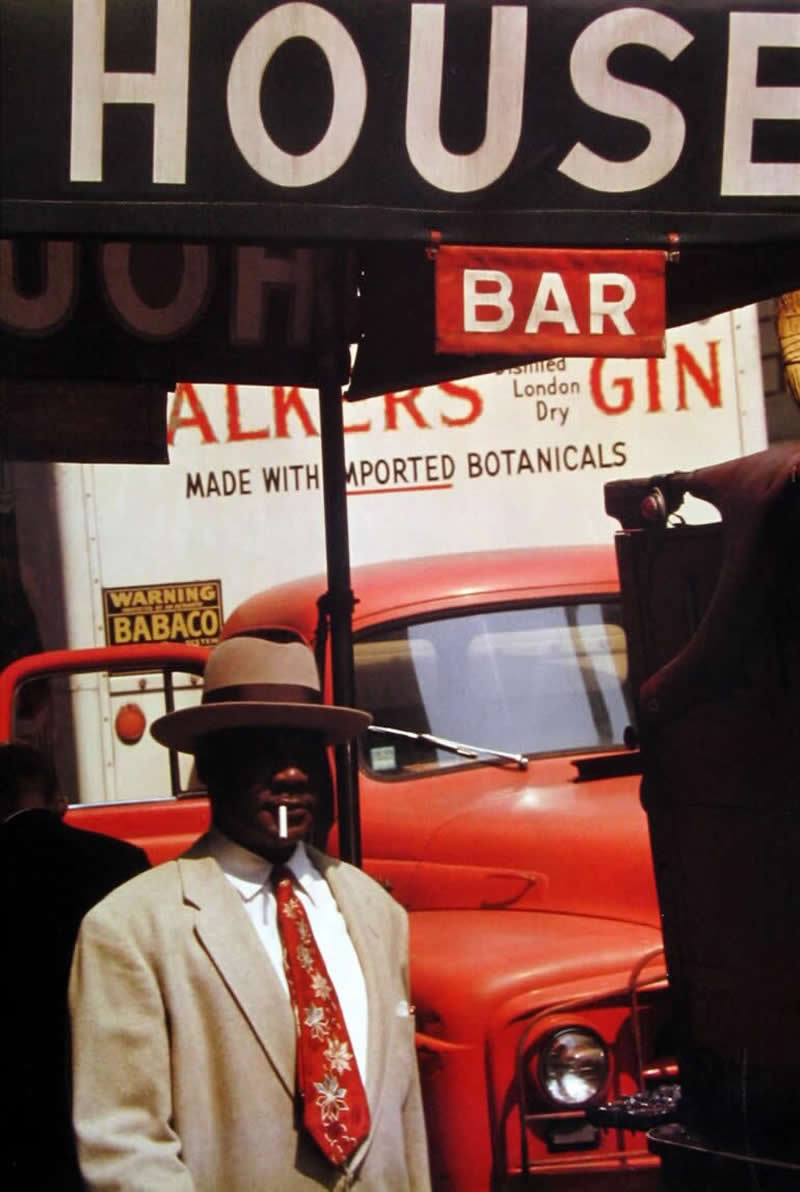
#12
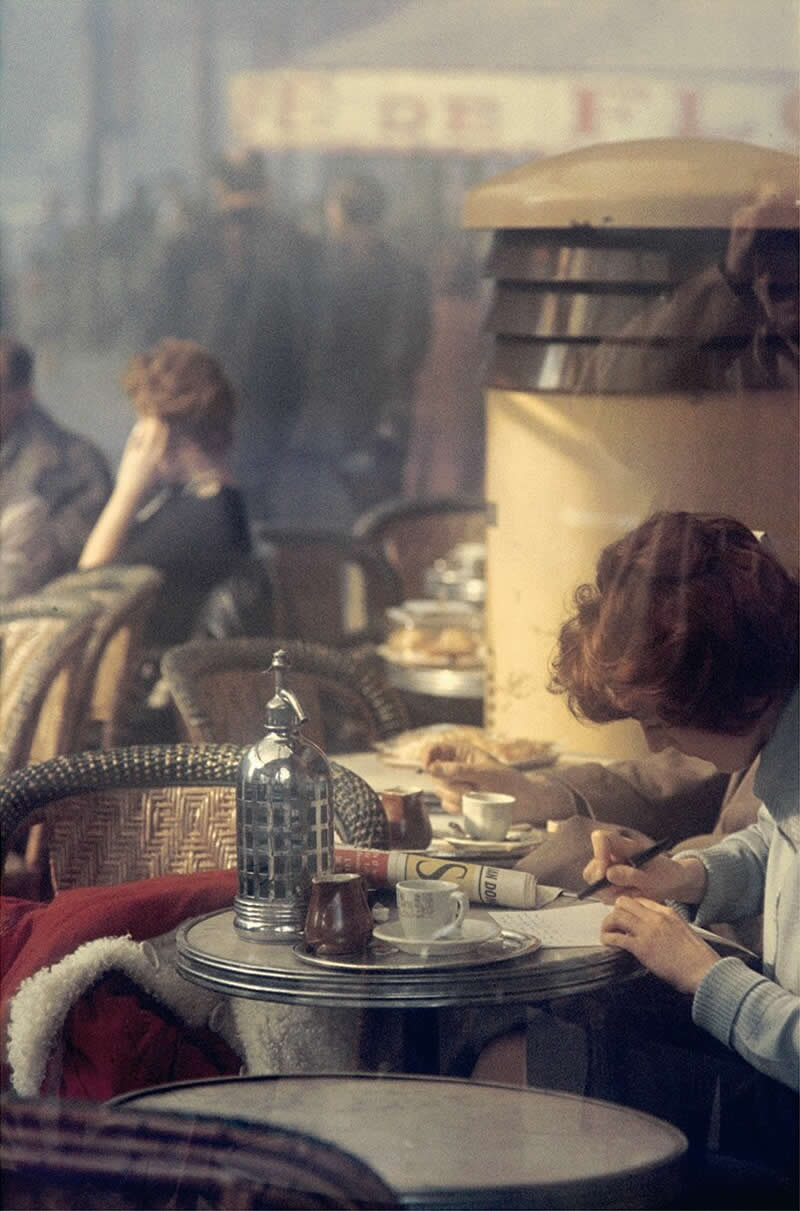
A Color Pioneer in Street Photography
While names like Henri Cartier-Bresson dominated the early narrative of street photography, Leiter quietly pioneered a softer, more lyrical form. He proved that street photography didn’t have to be sharp-edged or journalistic—it could be emotive, abstract, and in full color. Long before color became fashionable in serious photography circles, Saul Leiter was already reshaping the genre, influencing generations of photographers without fanfare or fame.
#13
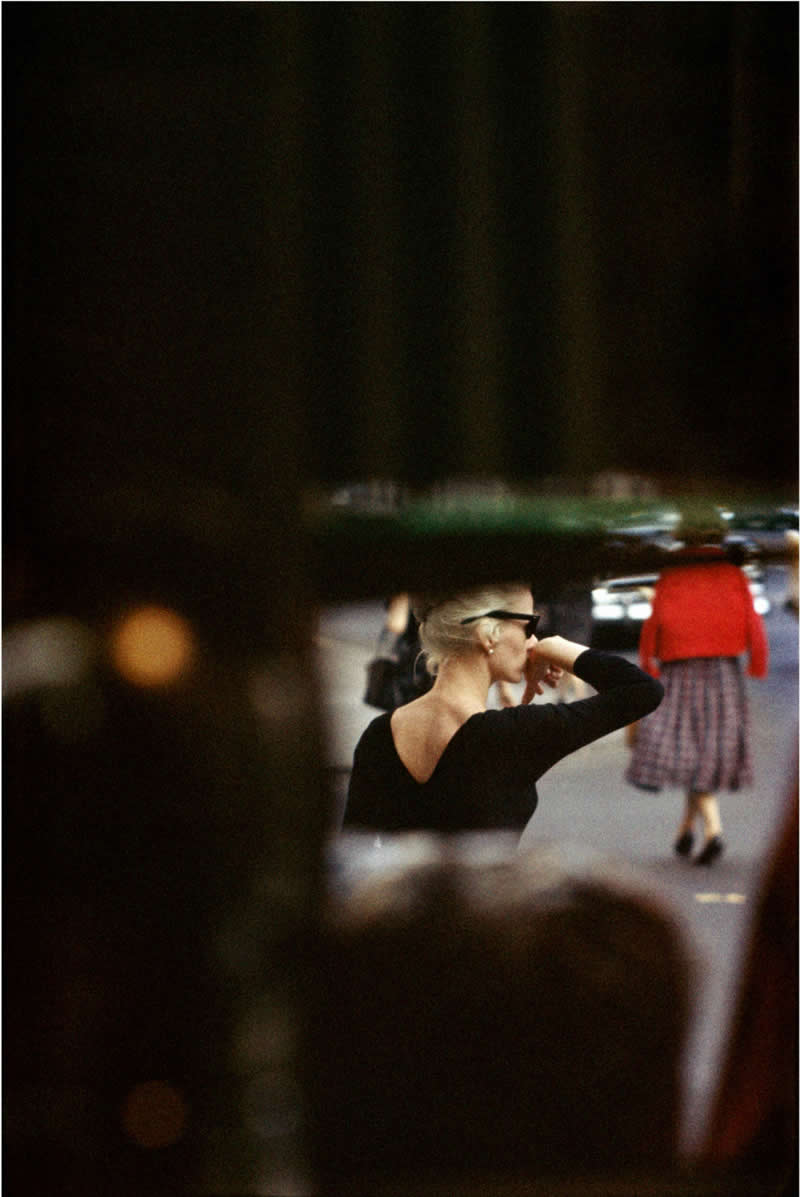
#14
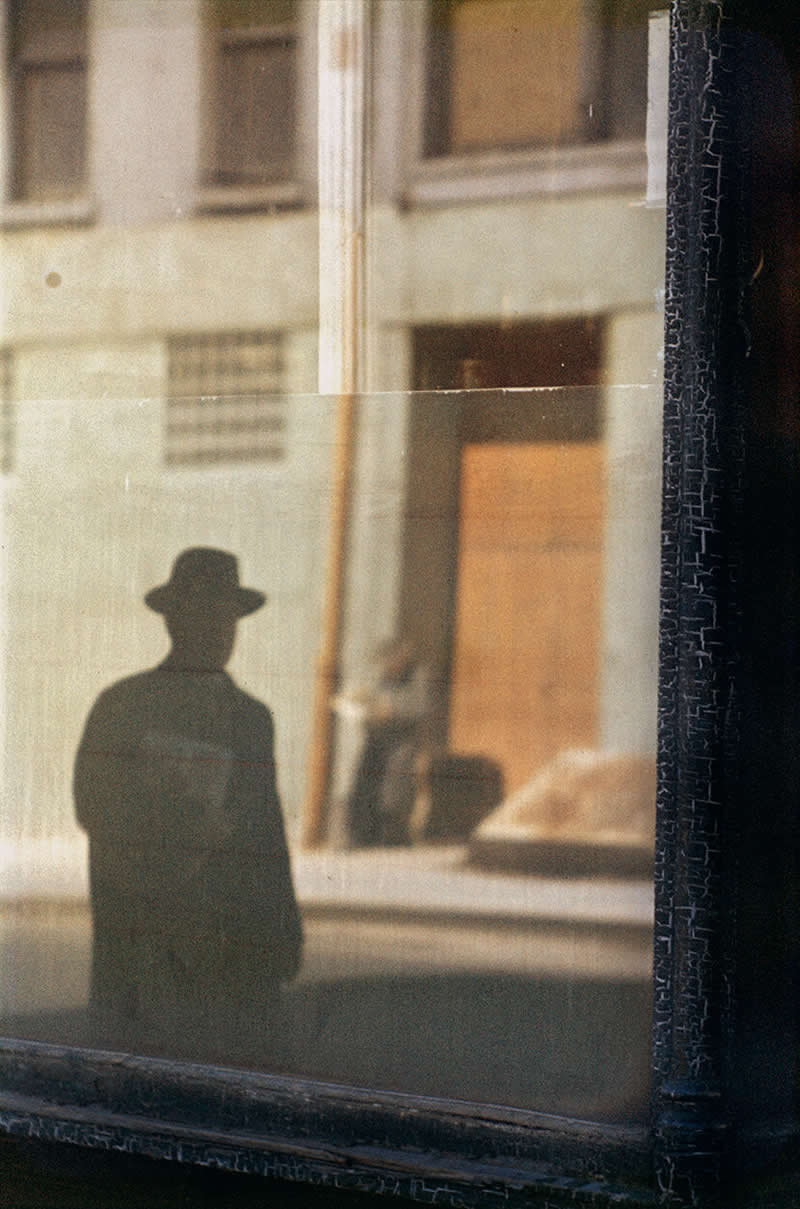
#15
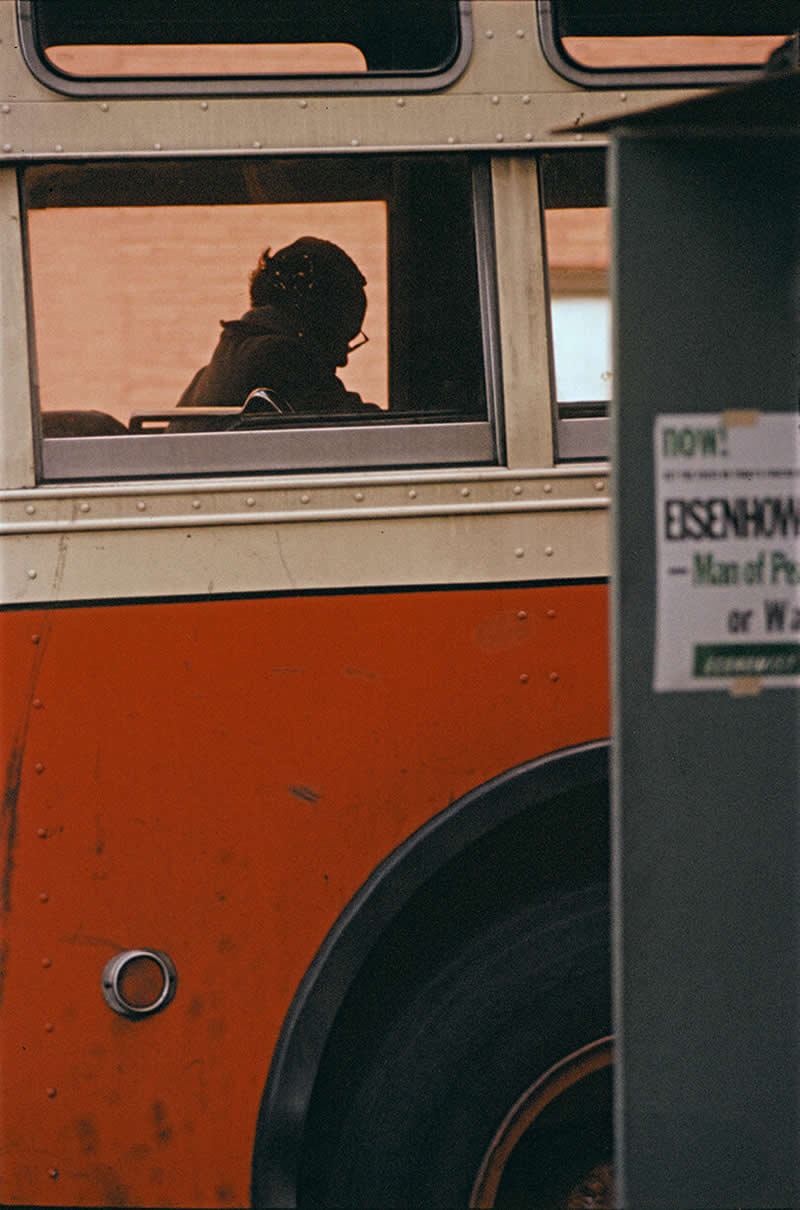
A Legacy That Took Time to Bloom
For decades, Saul Leiter’s brilliance went largely unnoticed. He worked as a fashion photographer to support himself, keeping much of his personal street work to himself. It wasn’t until the 1990s and 2000s that curators and audiences began to fully appreciate his visionary talent. Today, his work is celebrated worldwide, not just for its technical mastery but for its quiet emotional power.
#16
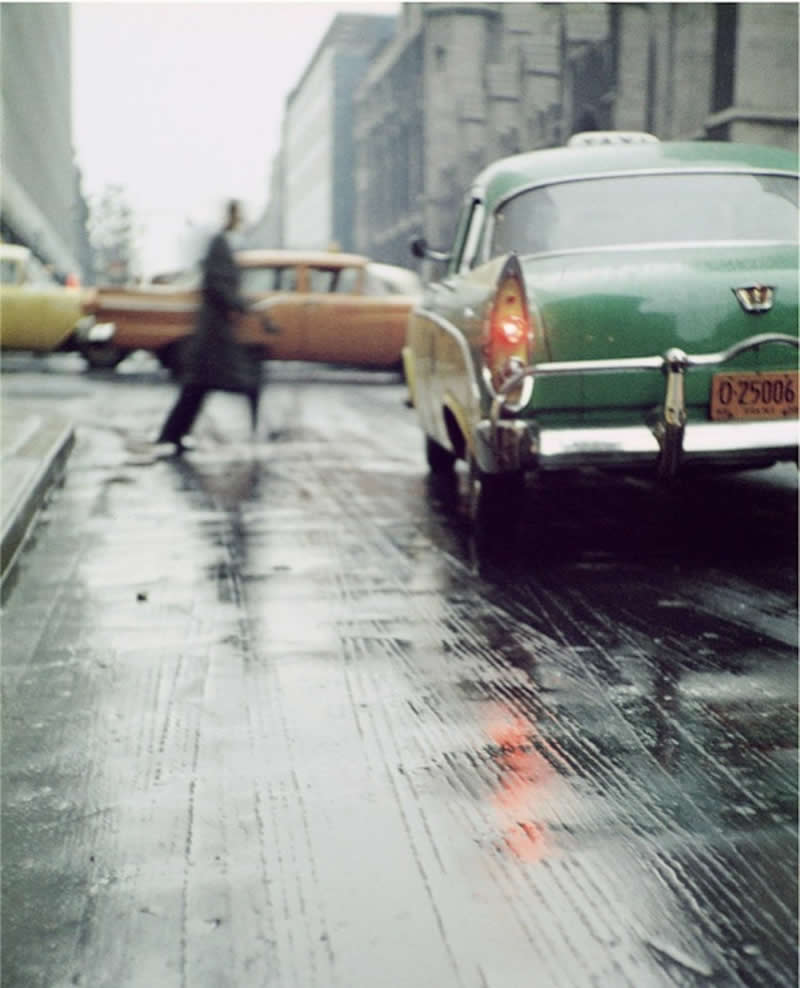
#17
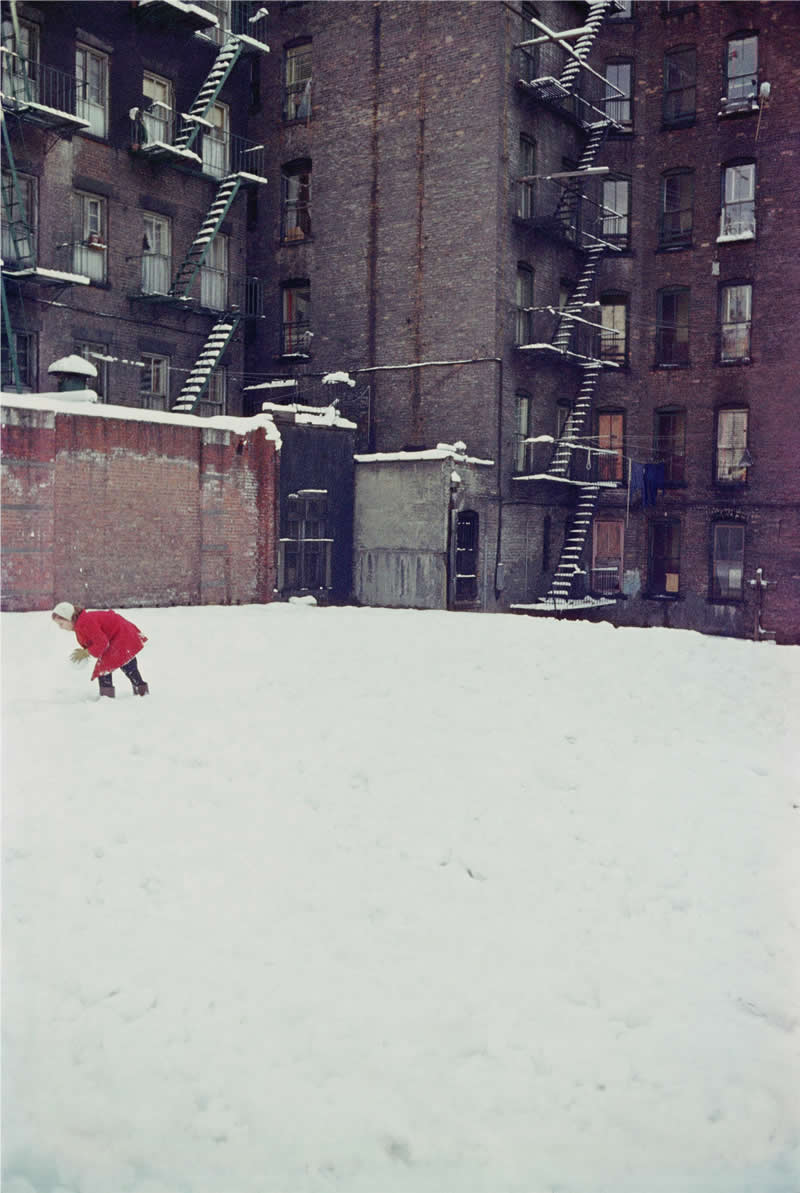
#18
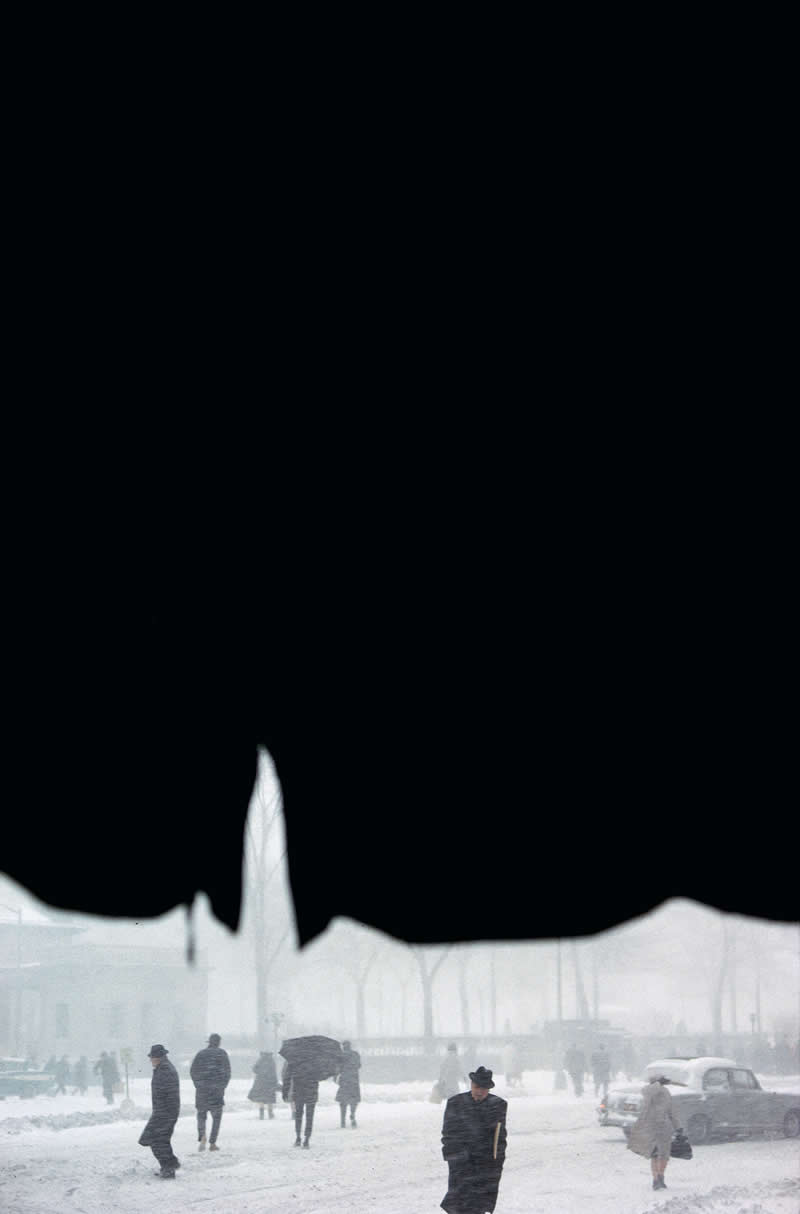
Conclusion: The Poet of the Sidewalk
Saul Leiter saw the world not just as a photographer, but as a visual poet. With a palette of muted colors and a gift for abstraction, he turned rainy sidewalks, shop windows, and fleeting moments into timeless works of art. He didn’t chase the perfect shot—he let it unfold gently before him. In doing so, he redefined what street photography could be: tender, painterly, and deeply human.
#19
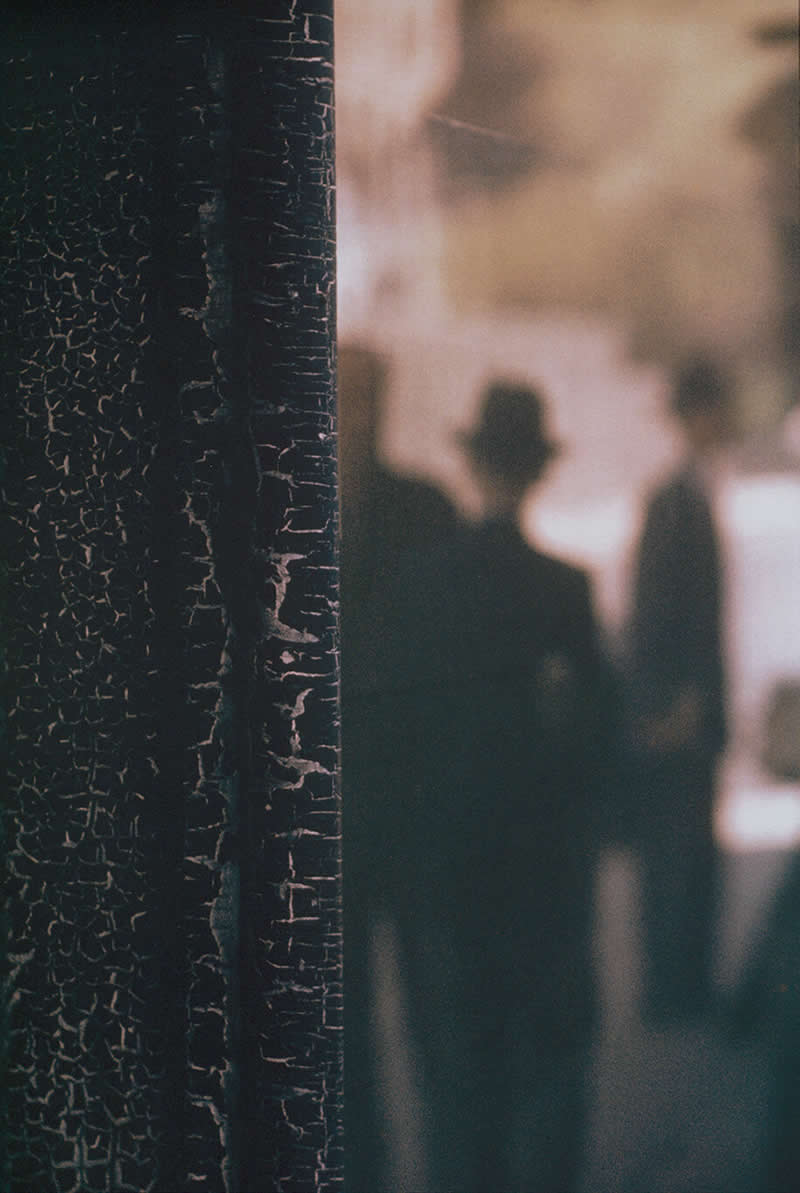
#20
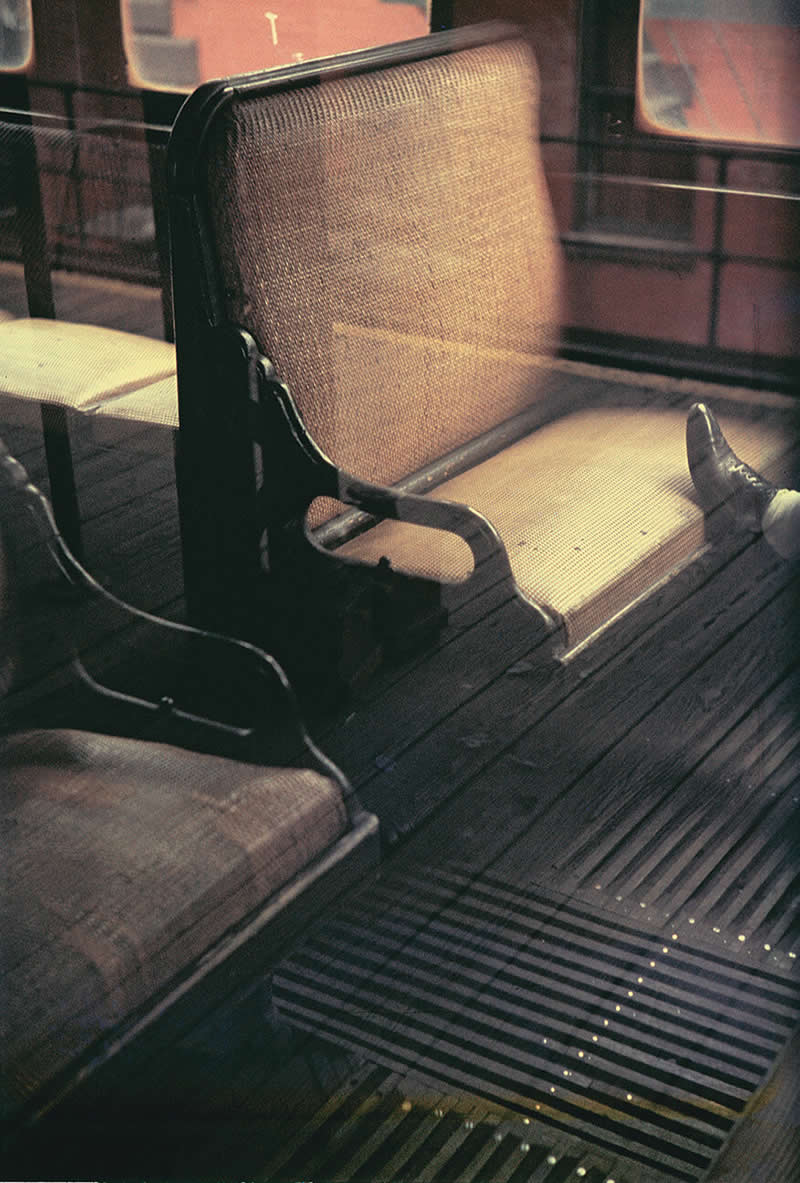
#21
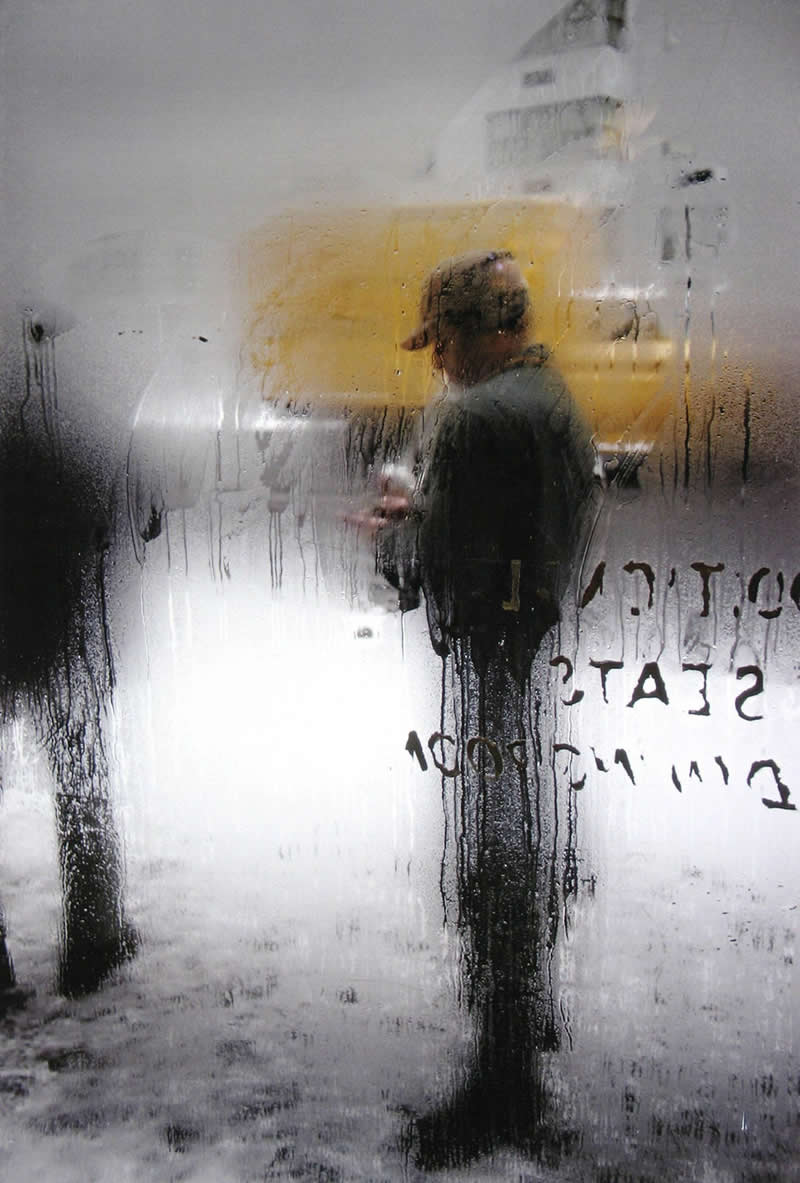
#22
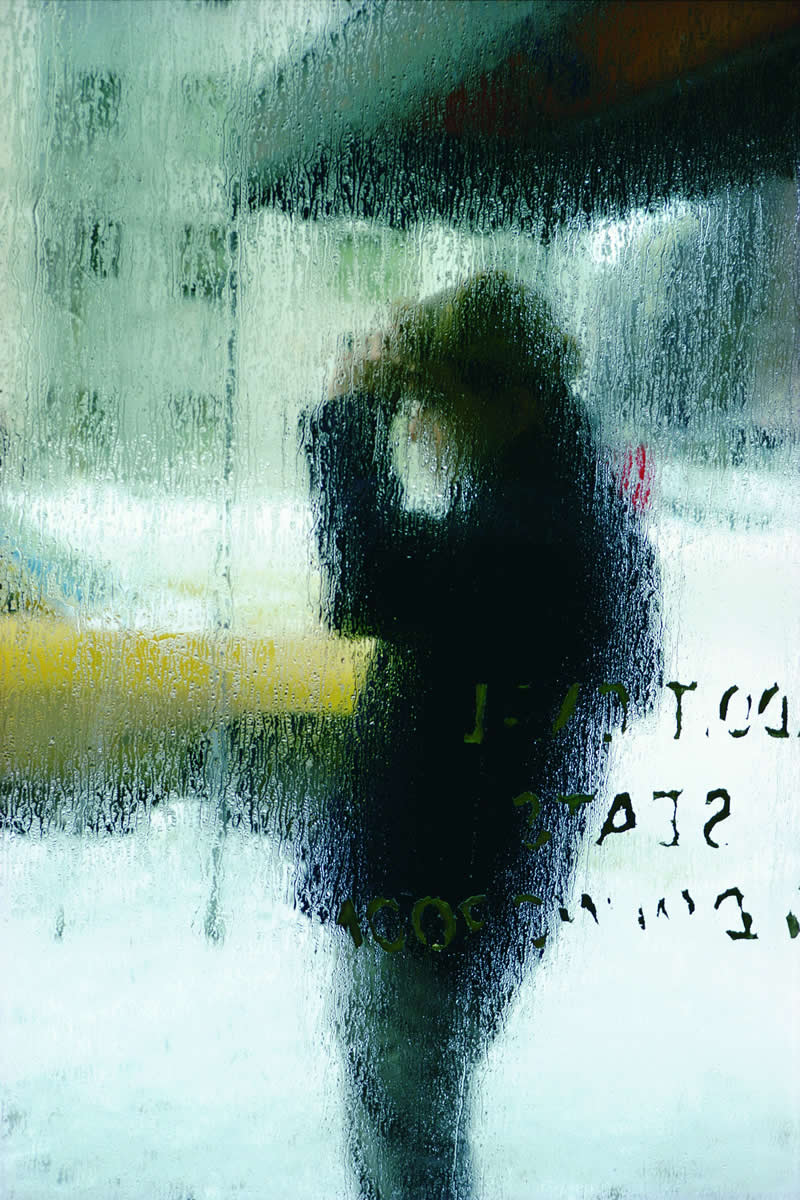
#23
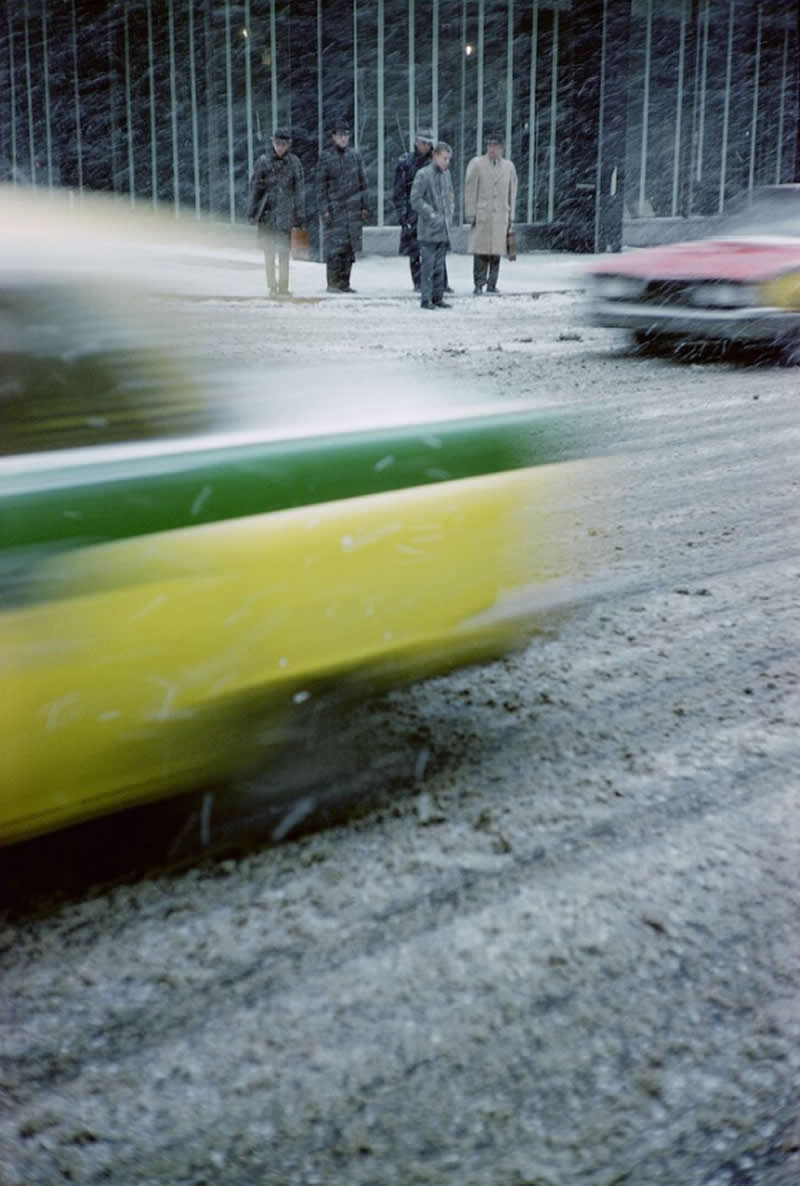
#24
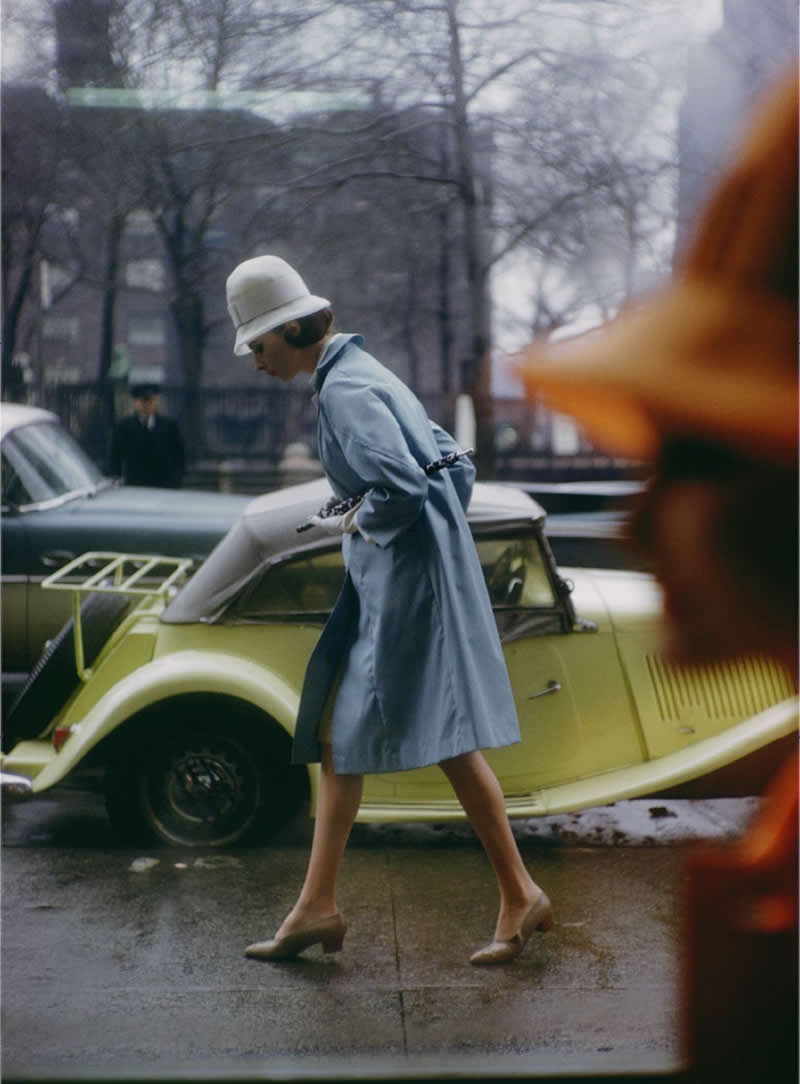
#25
